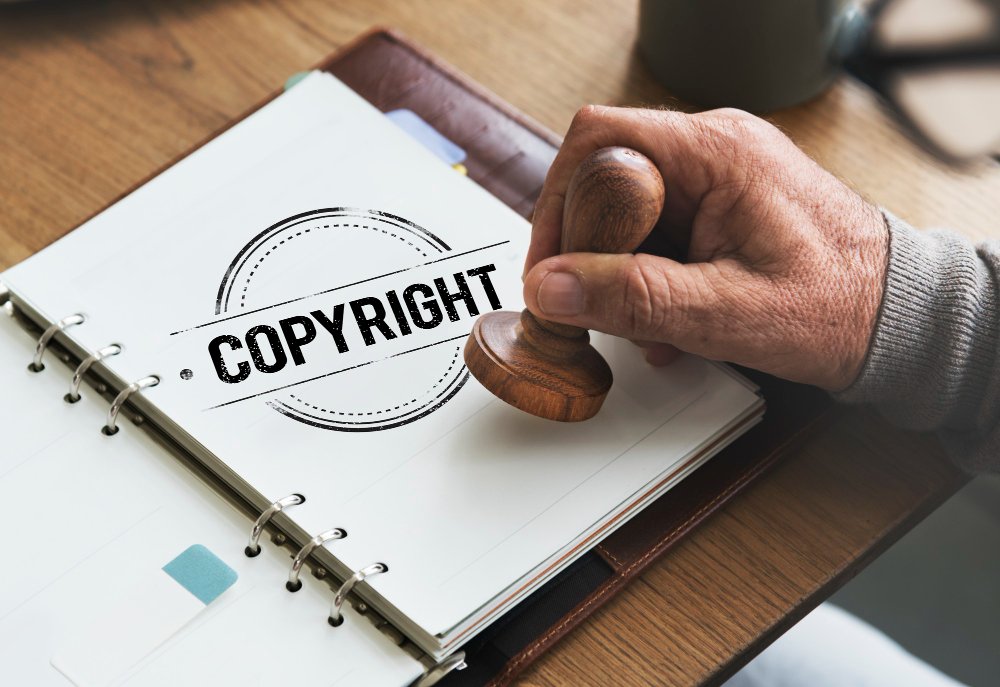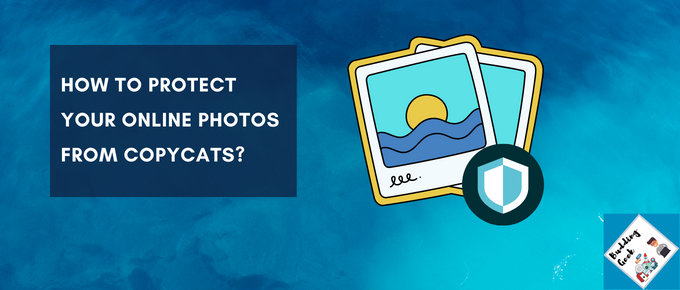Whenever we upload photos online, image plagiarism is the risk that automatically kicks in. These days, just about anyone can download or screenshot your content without consent and use it for their own purposes.
In fact, more than 3 billion photos get shared online every day (yup, you read that right), and of that, a staggering 85% get stolen. Unfortunately, this is the reality we face in a time where digital visual content is shared at such a high and consistent pace.
But that doesn’t mean there aren’t ways to prevent this from happening. There are many ways to protect your online photos from getting copied or stolen by other internet users. In this article, we’re going to cover all the ways to prevent online photo theft plus some tips on what to do if it happens.
So, let’s get you protected!
Why is it important to protect your original online photos?
Protecting the photos, you upload onto the internet is always important. But if you’re a photographer, graphic designer, or any kind of visual artist, it’s essential.
Why?
Here are three reasons:
- Photo theft — Simply put, someone could steal your photos and resell them as their own. This would result in a loss of income and a decreased value of your craft.
- Loss of photo rights — If someone steals your image, they could re-upload it and pretend it’s their own. The photos and any images you create from them are your property and, therefore, deserving of your credentials. Obtaining photo rights is crucial for any visual artist or designer.
- Manipulation — The last thing you want is for someone to steal your image, manipulate it to appear different, and then share it online. This can give a warped perception of your work.
These risks are valid incentives for taking measures to protect your work and preserve the reputation of your profession. Even though photo theft is a very common occurrence, you don’t have to be one of the people who is negatively affected by it.
5 ways to protect your online photos
Besides just being cautious about where you choose to upload your images, there are a couple of different ways you can protect your work from potentially exploitative users. From watermarks to copyright registration, follow these five tips for preventing online photo theft.
1. Register copyright to your work
There are a variety of ways to prove ownership of your photographs and prevent online image theft. One way is to register your images for copyright with the United States Copyright Office.

In exchange for just a small fee, you can have multiple images protected by law as 100% authentic and your own. That way, if you do need to file a theft charge, you will automatically win any legal battle.
2. Add a distinctive watermark
One very simple yet effective way to prevent people from stealing your work is to add a distinctive watermark onto your photos. You can add this mark in the center or in a corner, depending on how obvious you wish to make it—the idea is to make it as hard as possible for someone to copy or replicate your image and claim it as their own.
Whether on a photo or in a video, a watermark works like a signature to show that you are the original creator and ensures that even those who share or download your photo will not escape your credit.
3. Lower the upload resolution
Although it might feel painful at times, lowering the resolution of your photographs can deter people from stealing and redistributing them. When a photo gets downloaded, it automatically loses some quality. But if the quality is already mid-range, the result will be something that appears unusable.
You can maintain a level of resolution that’s still optimal and allows people to appreciate your work, but not so high that anyone who downloads it can still retain all of its original glory. Small sacrifices can make a difference.
4. Disable right-click download options
When most people want to download an image, they’ll simply right click and the “Save Image” option will appear. If you are uploading images on your own website, you can stop this from happening by simply disabling the right click to download option.
5. Use an image protection service
If all of these options seem confusing or overwhelming to you, it might be worth investing in an image protection service subscription. There are plenty of available platforms that provide this service either for free or in exchange for a monthly fee. Some of the best options include:
- Pixsy
- ImageRights
- Lapixa
- TinEye
There’s no reason to go through life waiting for your images to be stolen. Use the tools available to you and you shouldn’t have any major problems in the future.
What to do if your online photos get stolen?
Sometimes, it’s too little too late. If your images have already been stolen by someone online, you may be looking to respond in a smart and legally informed way. Here are three reliable actions you can take:
1. File a DMCA notice
Many social media platforms and e-commerce sites will take a DMCA notice seriously if you file it. This will cause the photo to get taken down, and the thief removed from the platform.
2. File a copyright lawsuit
While the most extreme option available, it is also the most effective. It involves filing a lawsuit for copyright infringement in federal court so that the person who has stolen your images pays you remuneration fees for their illegal activity.
3. Send an official cease and desist letter
This can be done on your own or via a hired lawyer. Unfortunately, the latter can be expensive, but if the stolen work is substantial, it is worth it.
Some of these options might seem on the extreme side, but all of them are useful to know in the event of dealing with a real criminal. As photo theft becomes increasingly common, these tactics may become even more imperative for photographers and designers.
Final Thoughts
Whether you photograph products, people, pets, events, landscapes or any other subject matter that interests you, you need to protect your photos online. And this goes for everyone, not just professional photographers, or designers.
In today’s digitally driven world, protecting the work you do is just as important as creating it. As technology evolves and people’s digital skills do too, stealing a photo and its respective artist’s credit becomes increasingly more frequent and riskier.
But fortunately, there’s a growing awareness of the risks associated with stolen images online. With the tips and resources provided in this article, we hope you can go forward knowing your photos are in safer hands.

About the Guest Author
Carmen Docampo is a writer with a passion for capturing the world through words. With a background in photography, marketing and design, she’s a creative force to be reckoned with. When she’s not typing away in her laptop, she spends the day exploring new projects like knitting scarves for her cat.

